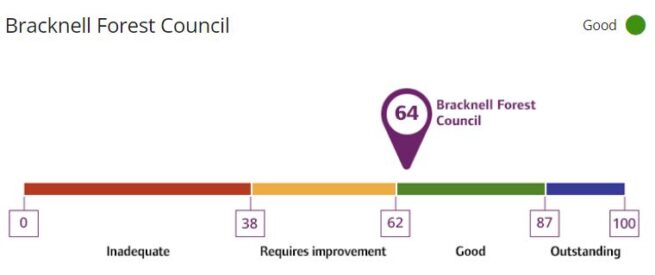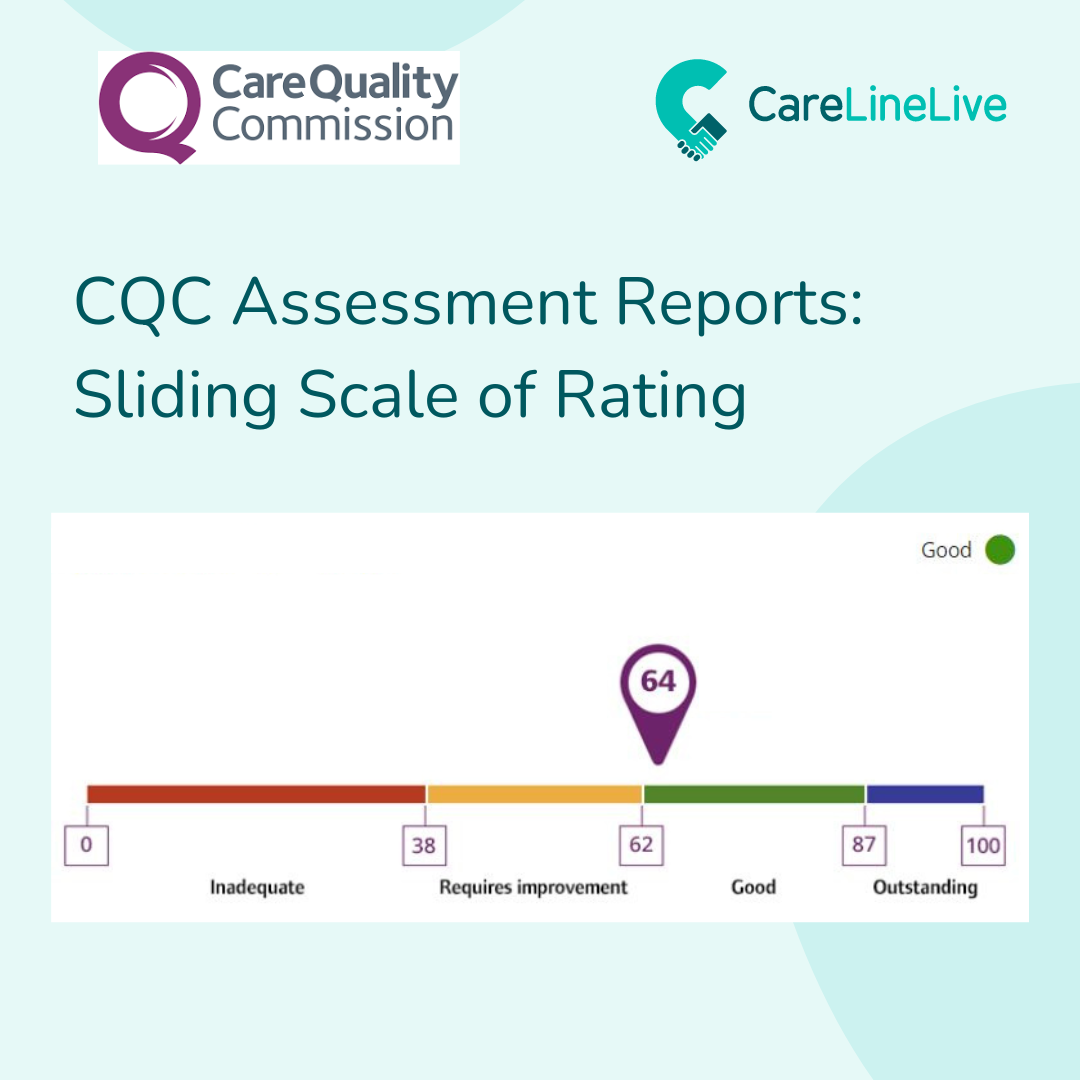Interesting reading from the CQC who have recently published six local authority assessment reports, under their new local authority assessment framework. CQC are evaluating nine specific areas within four themes, aiming to offer individuals independent assurance regarding the quality of care available in their locality.
It’s good to see how their assessments have been made and where the local authorities sit within the rating band.
Here’s a taster of how this looks.

Only last week, The Times newspaper reported that a study by the Homecare Association suggested that providers were operating in what was described as ‘a sea of regulatory dysfunction’. The study found that six out of ten home care organisations either had not received a rating or their existing ratings were outdated.
Interestingly, CareLineLive’s survey on the the State of Home Care threw up contradictory data with respondents showing a lot of positivity and confidence in the regulator. It’s time to see what CQC can do to break the cycle of negative information that some providers are experiencing.
On 30th August 2024 CQC published six local authority reports which have made interesting and informative reading, at a time when there is a deficit of information coming from the regulator. Hopefully, this may restore some public and service provider confidence in the regulators ability to provide a decent quality of service monitoring, assessing and inspection.
What do the reports look like?
The assessments cover four themes:
- How the local authority works with people
- How they provide support
- How they ensure safety within systems
- Leadership
The reports look at the demographics of the population and the financial facts of the local authority. The quality statements are assessed and scored using the following criteria:
- Assessing needs
- Supporting people to live healthier lives
- Equity in experience and outcomes
- Care provision, integration and continuity
- Partnerships and community
- Safe pathways, systems and transitions
- Safeguarding
- Governance, management and sustainability
- Learning, improvement and innovation
Within the report there is an overall summary of the experience of people using the service and highlighted are areas recognised for their strengths, areas of developments and the next steps to take. Then the report concentrates on the aforementioned themes, quality statements and key questions. It’s important to note that CQC may not always review all of the quality statements, as what is assessed is very much decided on in terms of the information that the regulator already holds.
CQC are looking at the ‘I’ statements (people using services expectations) and ‘We’ statements (what the LA are committed to providing). The evidence is assessed together with the key findings of the quality statement.
Scoring
Adult Social Care services are rated at two levels:
- Level 1: The rating methodology and professional judgment are utilised to generate ratings for the five key questions.
- Level 2: The separate ratings are aggregated up to an overall rating using the rating principles below:
As an example, Bracknell Forest Council scored 64% giving them an overall rating of Good. The rating band for Good ranges from 62% to 87%. See how CQC reaches its ratings here.
Visibility of scoring and the position of providers within the bands is a novel concept that is likely to be well-received by providers. The example depicted in the image clearly shows the rating of Bracknell Forest Council, positioning them at the lower end of the ‘Good’ spectrum. This method of evaluation, whether conducted face-to-face or through ongoing service assessments, offers transparency in decision-making during assessments and inspections. This addresses a longstanding issue that has raised concerns for many years.
What can home care providers learn from these insights?
When reviewing the local authority reports, a clear sense of transparency and visibility emerges regarding the rationale behind their decisions on the selected quality statements, key questions and the final rating determination.
These insights offer reassurance to home care providers, emphasising the importance of transparency and CQC’s recognition that they require a comprehensive understanding of services. This understanding extends beyond grasping the methodology to fostering provider confidence. It gives a step-by-step summary as to how decisions have been reached.
The development of a Single Assessment Framework handbook by CQC is a positive development. It is anticipated that this initiative will streamline the process of accessing guidance, reducing the need to navigate through the website, which can be time-consuming and frustrating.
CQC is currently in the process of fully implementing the new Single Assessment Framework. The aim is for service providers in adult social care to reap the anticipated benefits and insights that the framework is designed to deliver.
For more information on the Single Assessment Framework and how CareLineLive can help with meeting your compliance needs head over to the Compliance section on our blog.




